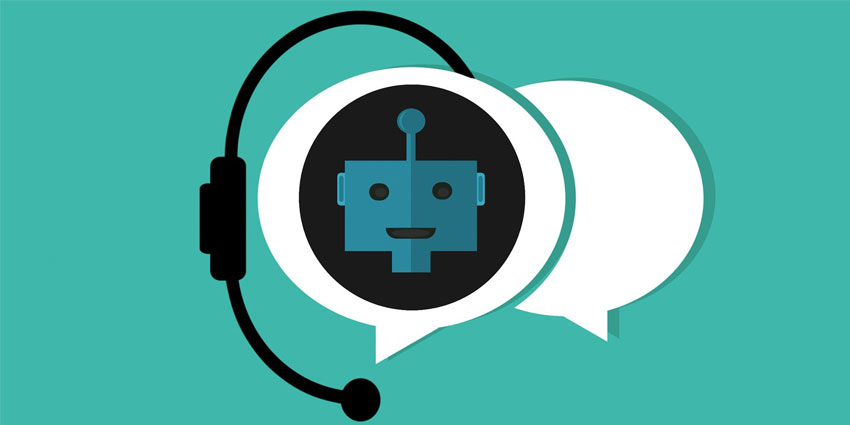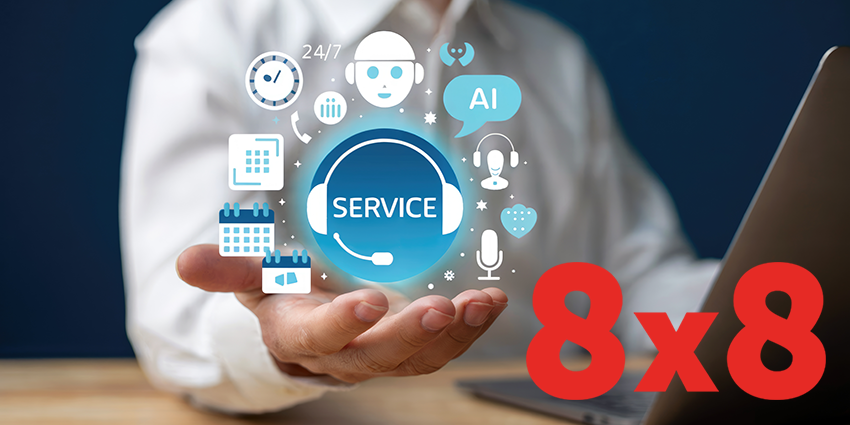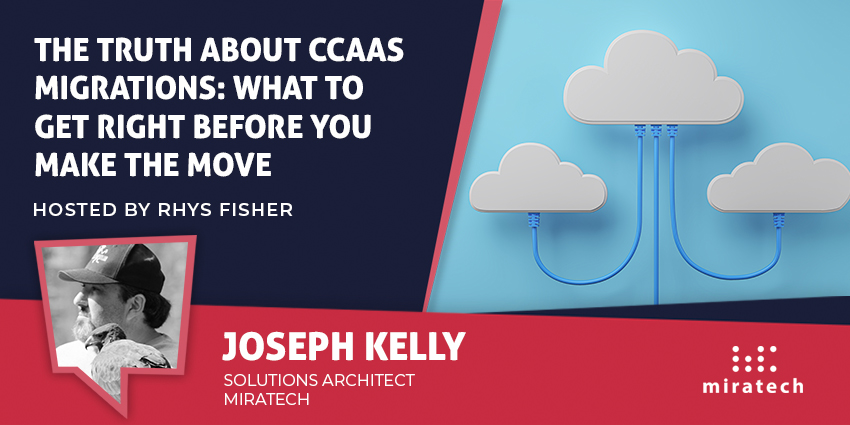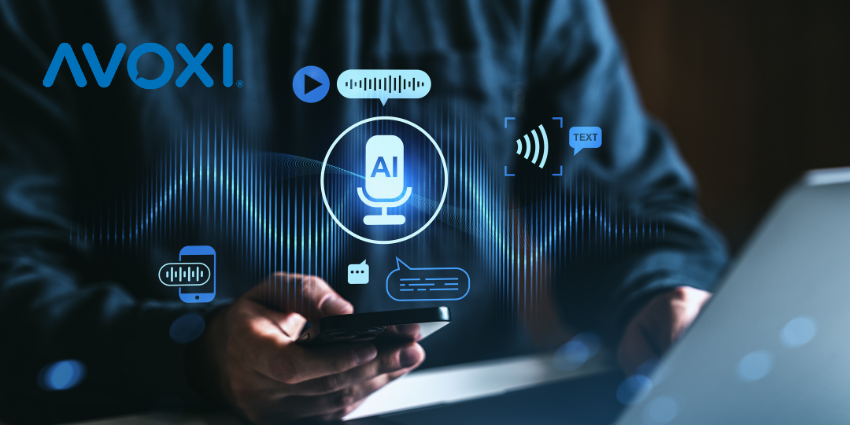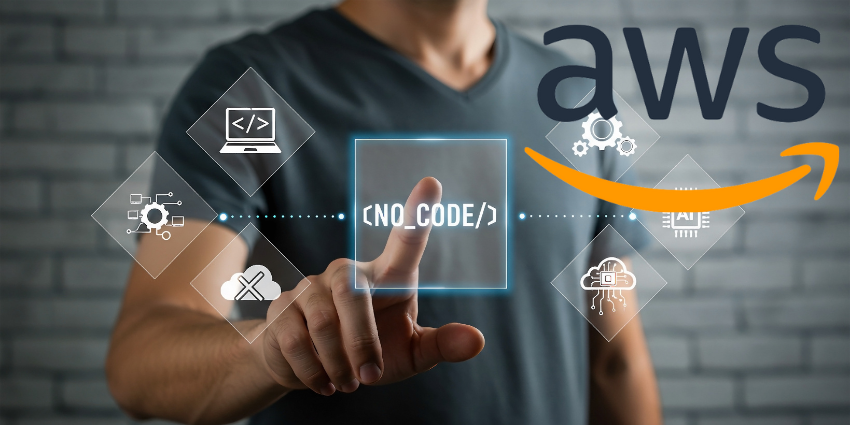In 2020, 78% of contact centres were already using artificial intelligence (AI) or plan on deploying it in the next three years. One of the most important applications of AI is to enable a more autonomous customer experience, with minimal intervention from a live agent.
Autonomous customer assistance is an emerging technology that aims to serve inbound callers in a contact centre using AI-based, self-learning technology. While it cannot be called a “highly mature” solution category, there’s a lot of interest and investment around autonomous customer assistance that could push it into the mainstream very soon.
What is Autonomous Customer Assistance? Definition
You can define autonomous customer assistance as an advanced form of contact centre automation, where an intelligent bot takes charge of the end-to-end customer interaction – from start to finish – either through voice or text or even physical presence. Using machine learning (ML, a subset of AI), autonomous customer assistance aims to “independently learn” servicing best practices and grow/adapt its capability profile.
In other words, the following traits characterise autonomous customer assistance:
- It works on text, voice, and/or gesture inputs – The bot could use voice and speech recognition, natural language processing, object recognition, or a combination of these to process customer queries in various formats
- It is capable of intelligent decision making – At the heart of autonomous customer assistance lie sophisticated algorithms that can make intelligent business decisions based on business rules, incoming data, changing conditions, and other variables
- It can self-learn and improve itself autonomously – Ideally, there would be an underlying machine learning framework to adapt algorithms after every input processing cycle, making it incrementally more effective over time
- It can have a software or hardware shell – Software-based assistants are more common, embedded within chatbots or IVR-based voice bots to guide the customer across the digital experience. But you would also have a physical robot carrying customer assistance capabilities.
The Benefits of Autonomous Customer Assistance for CX
Autonomous assistants could dramatically improve the efficiency of your contact centre, enabling agents to serve more customers, better, in a shorter period of time. To begin with, it would solve common customer queries without human intervention, leading to a quicker mean-time-to-resolution. Agents will also be left free to attend to complex customer queries, which, in turn, receive a more engaging experience.
Autonomous customer assistants will also be available 24/7, giving customers the convenience to reach you as per their preferred hours. It also opens up your business to audiences across different time zones.
Common contact centre bugbears like a long hold time, endless queues, unintuitive IVR menus, etc., are completely eliminated once you implement autonomous assistants. Given that most customers don’t want to call you in the first place, autonomous assistants are an attractive alternative.
Are Autonomous Customer Assistants Available in the Market?
While some autonomous technologies do exist (like Talkdesk Virtual Agent powered by AI), they are mostly limited to simple queries and one-channel interactions. The ultimate goal is to achieve something like Lowe’s autonomous customer assistance robots that entirely replace human employees and can perform advanced functions.
